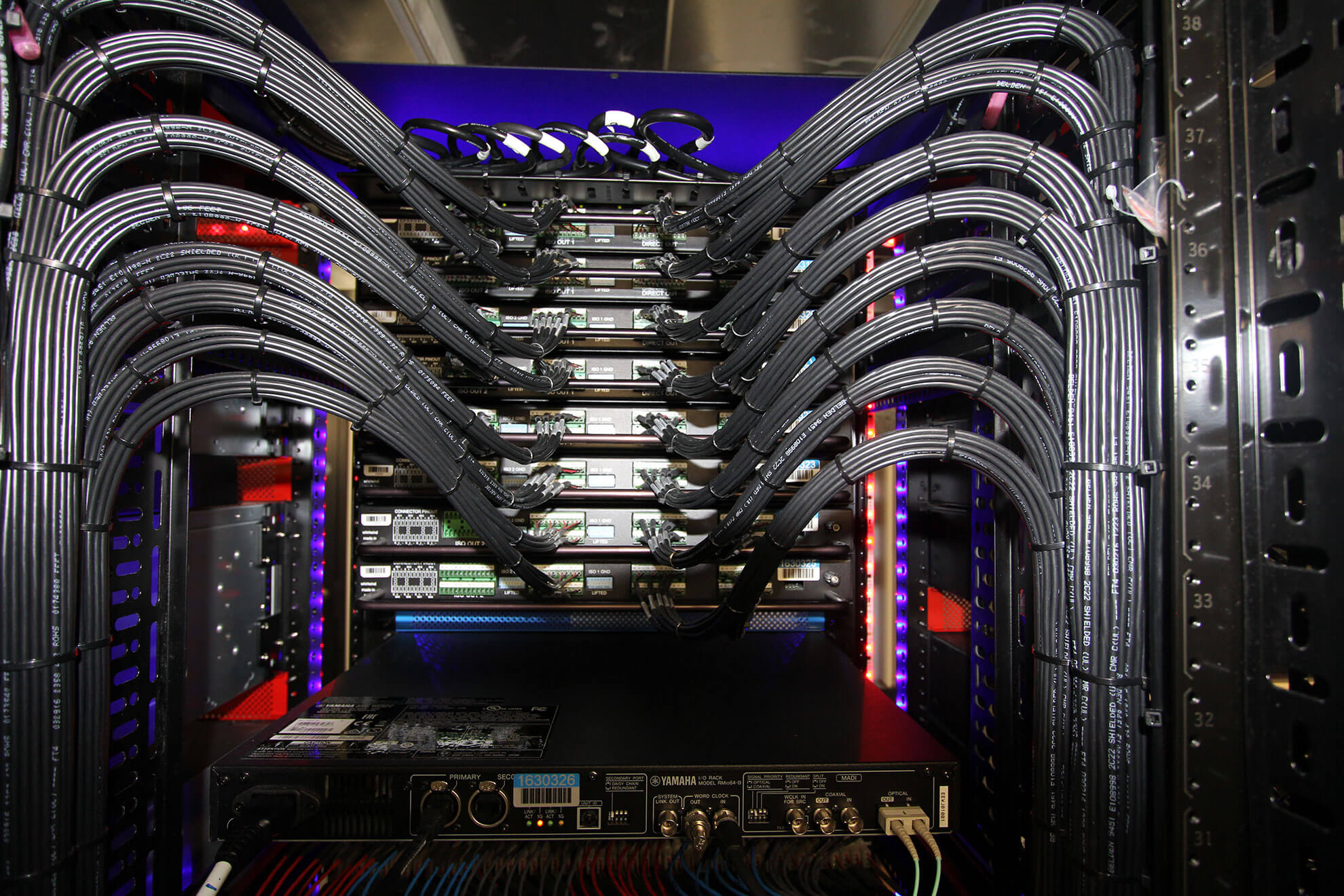Illuminating the Impact of Lighting Circumstances on Motion Identification Accuracy and Reliability
Illuminating the Impact of Lighting Circumstances on Motion Identification Accuracy and Reliability
Blog Article
Lighting environments play a crucial role in the way effectively we can perceive motion. Movement detection is a critical aspect of various systems, such as security cameras, automated lighting systems, and even certain gaming applications. Comprehending how different illumination environments influence our ability to perceive movement can help improve the design and effectiveness of these technologies. For instance, inadequate illumination can result in overlooked motions or incorrect alerts, while ideal illumination can boost the precision of movement detection systems.
In well-lit lighting conditions, movement detection is typically more accurate. As there is ample illumination, sensors and cameras can capture sharper images, which assists in identifying dynamic objects. Bright environments allow for better contrast between the dynamic object and the surroundings. This differentiation is essential for both visual observers and mechanical technologies, as it makes it simpler to differentiate between stationary and dynamic objects in a scene. Thus, ensuring that spaces are well-lit can greatly improve the effectiveness of motion detection technologies.
On the other hand, low-light environments can present difficulties for movement detection. In Find Out More dim settings, shadows can hide dynamic elements, making them hard to detect. Additionally, the eye struggles to perceive motion in low light, which can result in misinterpretation of the situation in the surroundings. Cameras might also encounter difficulties, as many do not function well in dim conditions without the use of infrared technology or other improvements. These limitations highlight the significance of adequate illumination in environments where motion detection is critical.
Additionally, different types of lighting can have different impacts on movement detection. For instance, neon lights can flicker, which can mislead motion detection technologies that rely on steady light sources. On the contrary, natural provides a consistent source of illumination that improves visibility. Comprehending these differences in lighting conditions can guide operators in selecting the most appropriate lighting for specific applications, especially in surveillance and surveillance situations.
In conclusion, the relationship between illumination environments and movement detection precision is significant. By ensuring that settings are appropriately illuminated, we can enhance the reliability of motion detection technologies. This knowledge not only supports tech uses but using motion detection data for analysis also enhances security and security in various settings. As more advancements are made in movement detection systems, taking into account illumination environments will continue to be a crucial consideration in optimizing effectiveness and guaranteeing that these systems function effectively in different environments.